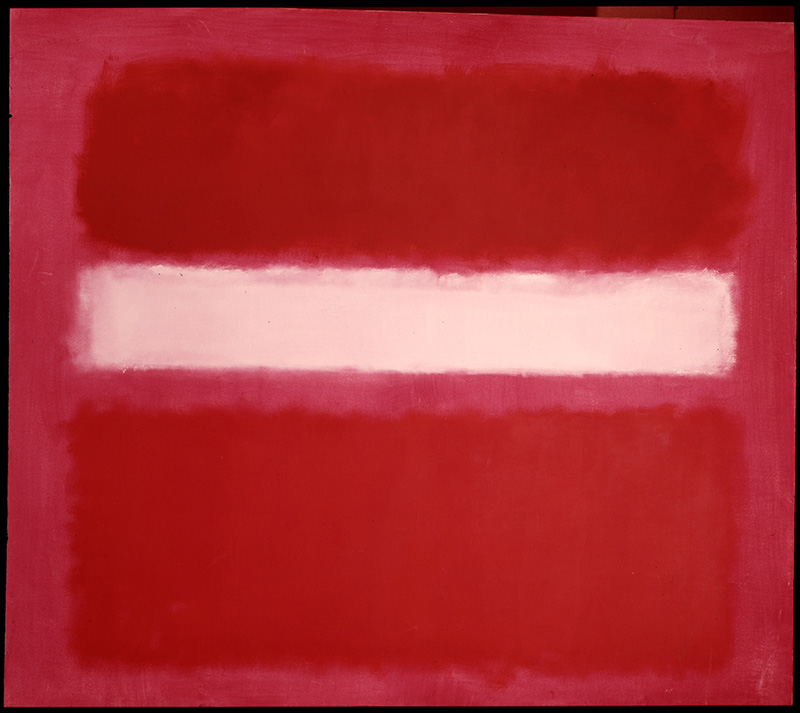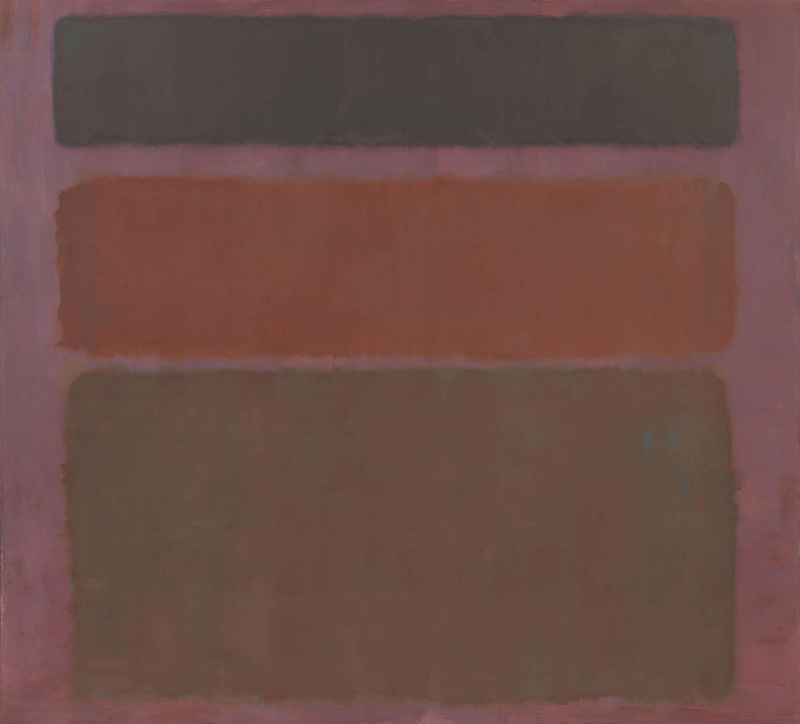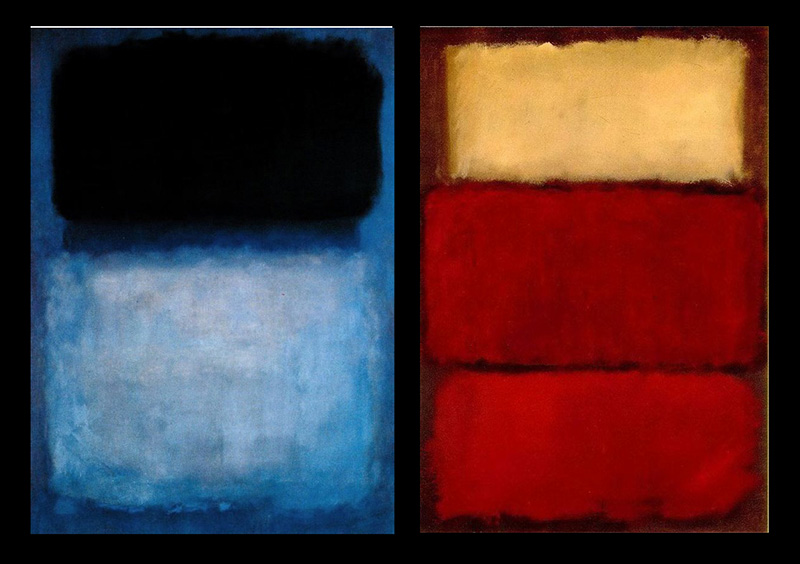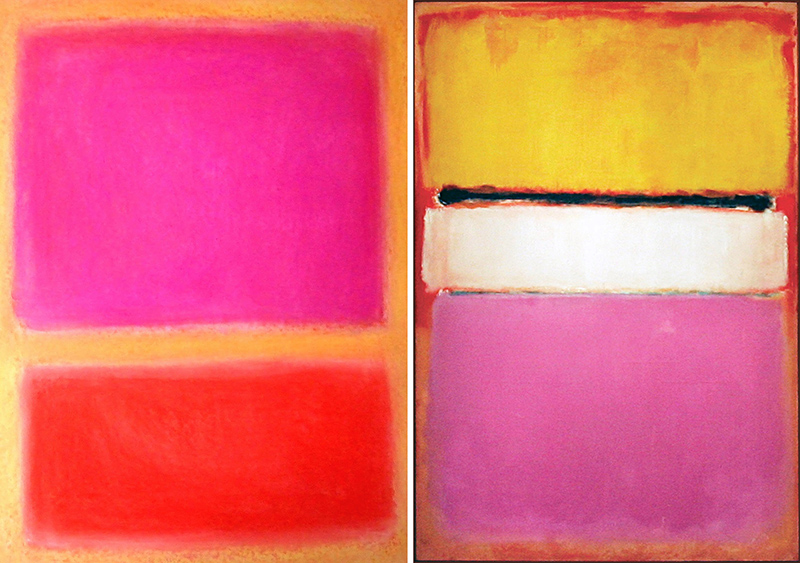TRACES: Mark Rothko
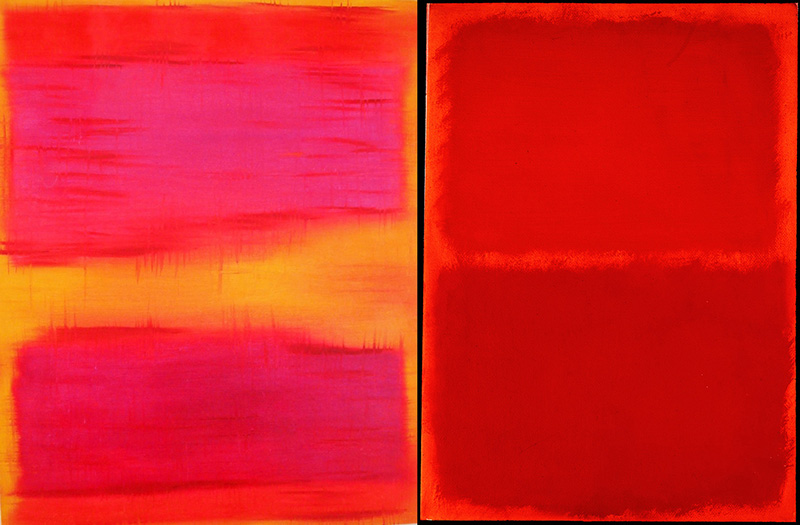 Today is the occasion to bear in mind Mark Rothko (25/9/1903-25/2/1970), he was one of the most important American painters. After his early works, Rothko eventually developed in the late ’40s his signature style, consisting of rectangular fields of color and light. Associated with Abstract Expressionism and Color Field painting, Rothko disowned the abstract nature of his paintings, claming that he is interested “Only in expressing basic human emotions — tragedy, ecstasy, doom, and so on” also, he stated that color is merely an instrument for him. This column is a tribute to artists, living or dead, who have left their mark in Contemporary Art. Through documents or interviews, starting with: moments and memories, we reveal out from the past-unknown sides of big personalities, who left their indelible traces in time and history…
Today is the occasion to bear in mind Mark Rothko (25/9/1903-25/2/1970), he was one of the most important American painters. After his early works, Rothko eventually developed in the late ’40s his signature style, consisting of rectangular fields of color and light. Associated with Abstract Expressionism and Color Field painting, Rothko disowned the abstract nature of his paintings, claming that he is interested “Only in expressing basic human emotions — tragedy, ecstasy, doom, and so on” also, he stated that color is merely an instrument for him. This column is a tribute to artists, living or dead, who have left their mark in Contemporary Art. Through documents or interviews, starting with: moments and memories, we reveal out from the past-unknown sides of big personalities, who left their indelible traces in time and history…
By Dimitris Lempesis
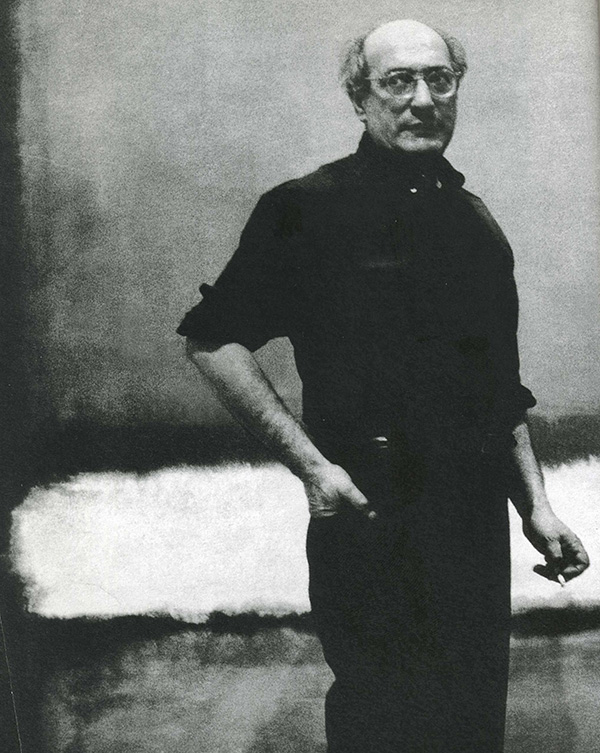 Mark Rothko was born in Dvinsk, as Russia was a hostile environment for Zionist Jews his family immigrated to the U.S.A., they settled in Portland. He graduated early from Lincoln High School, showing more interest in music than visual art. He was awarded a scholarship to Yale University, but soon found the environment at Yale conservative and exclusionary, he left without graduating in 1923. Rothko made his way to New York City. Over the next few years, he took odd jobs while enrolled in Max Weber’s still life and figure drawing classes at the Art Students League, which constituted his only artistic training. Rothko’s early paintings were mostly portraits, nudes, and urban scenes. In the ‘40s, he began to be influenced by Surrealism, and abandoned Expressionism for more abstract imagery which spliced human, plant and animal forms. Throughout this time Rothko’s personal life was shadowed by his severe depression. In 1949, Rothko radically reduced the number of forms in his pictures, and grew them such that they filled out the canvas, hovering on fields of stained colour that are only visible at their borders. These, his best known works, have come to be called his “sectionals”, and Rothko felt they better met his desire to create universal symbols of human yearning. His paintings were not self-expressions, he claimed, but statements about the condition of man. He distanced himself from the classification of his work as “non-objective color-filled painting”. Instead he stressed that his paintings were based on human emotions of “tragedy, ecstasy, doom. He claimed that art was not about the perception of formal relationships, but was understandable in terms of human life. He also denied being a colorist – despite the fact that color was of primary importance to his paintings. In 1964, Rothko received a large commission from major Houston art collectors and philanthropists, John and Dominique de Menil. He was to create large wall murals for a non-denominational chapel they were sponsoring on the campus of St. Thomas Catholic University. He generated 14 paintings while working closely with a series of architects to construct a meditative environment with a dark palette. In 1968, Rothko suffered an aortic aneurysm and spent three weeks in a hospital. He became resentful that his work was not being paid the proper respect and reverence he felt it deserved. He also began to worry that his art would have no major legacy, and this led him to work on his last major series, “Black on Grays” , which included 25 canvases and marked a clear deviation from his previous work. At the age of 66, Rothko committed suicide by taking an overdose of anti-depressants and slashing his arms with a razor blade.
Mark Rothko was born in Dvinsk, as Russia was a hostile environment for Zionist Jews his family immigrated to the U.S.A., they settled in Portland. He graduated early from Lincoln High School, showing more interest in music than visual art. He was awarded a scholarship to Yale University, but soon found the environment at Yale conservative and exclusionary, he left without graduating in 1923. Rothko made his way to New York City. Over the next few years, he took odd jobs while enrolled in Max Weber’s still life and figure drawing classes at the Art Students League, which constituted his only artistic training. Rothko’s early paintings were mostly portraits, nudes, and urban scenes. In the ‘40s, he began to be influenced by Surrealism, and abandoned Expressionism for more abstract imagery which spliced human, plant and animal forms. Throughout this time Rothko’s personal life was shadowed by his severe depression. In 1949, Rothko radically reduced the number of forms in his pictures, and grew them such that they filled out the canvas, hovering on fields of stained colour that are only visible at their borders. These, his best known works, have come to be called his “sectionals”, and Rothko felt they better met his desire to create universal symbols of human yearning. His paintings were not self-expressions, he claimed, but statements about the condition of man. He distanced himself from the classification of his work as “non-objective color-filled painting”. Instead he stressed that his paintings were based on human emotions of “tragedy, ecstasy, doom. He claimed that art was not about the perception of formal relationships, but was understandable in terms of human life. He also denied being a colorist – despite the fact that color was of primary importance to his paintings. In 1964, Rothko received a large commission from major Houston art collectors and philanthropists, John and Dominique de Menil. He was to create large wall murals for a non-denominational chapel they were sponsoring on the campus of St. Thomas Catholic University. He generated 14 paintings while working closely with a series of architects to construct a meditative environment with a dark palette. In 1968, Rothko suffered an aortic aneurysm and spent three weeks in a hospital. He became resentful that his work was not being paid the proper respect and reverence he felt it deserved. He also began to worry that his art would have no major legacy, and this led him to work on his last major series, “Black on Grays” , which included 25 canvases and marked a clear deviation from his previous work. At the age of 66, Rothko committed suicide by taking an overdose of anti-depressants and slashing his arms with a razor blade.


